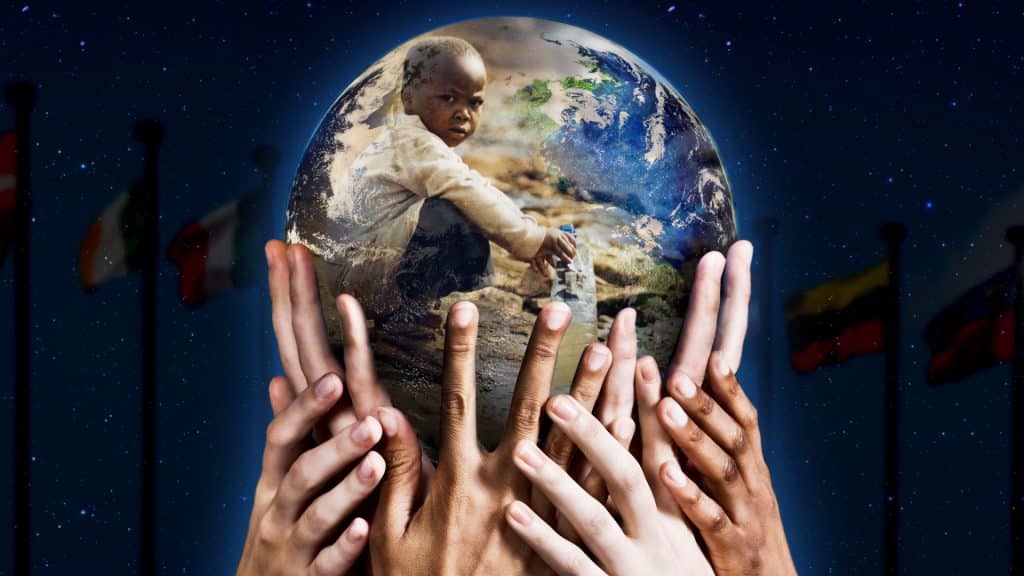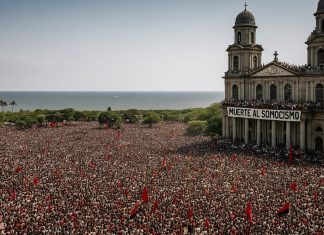
One of the most important events for life on Earth is about to begin. This week and next, head leaders from more than 190 countries will gather in Montreal, Canada, for a conference known as COP15, or the UN Biodiversity Conference, to come up with a plan to halt the decline of ecosystems, wildlife, and life, support services they provide all these to try to save nature.
If the term “COP” sounds familiar, it’s because there was another UN conference last month called COP27. But these two events are very different. COP27 was about climate change: a conference of countries “party” to the main UN climate pact. COP15 will bring together nations that are party to another major treaty called the Convention on Biological Diversity, on these 2 weeks all world leaders will try to reach a plan to save nature.
I know this is a lot of jargon, but these deals are worth knowing. They are arguably the most important tools the world has to protect the planet and, in the case of the biodiversity conference, they are underestimated. Many experts call COP15 the last chance to reverse the decline of nature.
“Our planet is in crisis,” Elizabeth Maruma Mrema, executive secretary of the Convention on Biological Diversity, said at a press conference earlier this month. More than a million species are threatened with extinction, he said, and the populations of most major animal groups have declined by an average of 69 percent, he said:
During COP15, which begins on Wednesday, negotiators are expected to finalize and sign a document called the Post-2020 Global Biodiversity Framework. You can think of it like the Paris Agreement, but for biodiversity, a strategy with nearly two dozen measurable goals designed to conserve ecosystems and the benefits they provide, like food and plant-derived medicines.
One of the most striking and controversial goals is a commitment to conserve at least 30 percent of Earth’s land and water by 2030. It’s known as 30 for 30. The agreement also addresses what is perhaps the most debated issue: Who will pay for all? this? This is especially relevant for the poorest nations and indigenous communities, which are home to most of the world’s remaining biodiversity.
Finalizing the biodiversity framework at COP15 will be difficult. There is a notable gap between rich and poor nations, which could stall the talks. So far no head of state will attend, apart from Canadian Prime Minister Justin Trudeau. Negotiators, who have to agree on specific terms, are already exhausted from COP27. Meanwhile, the World Cup is drawing attention elsewhere.
But if and when the framework is signed, it will be a great moment for conservation and could help avert an apocalyptic future, where even our most basic needs, like clean water and food, are hard to meet. This is what you can expect in the next few days.
What COP15 aims to achieve
Avoiding the worst effects of climate change is, in a sense, quite simple: keep warming below 1.5°C by limiting greenhouse gas emissions. However, protecting the integrity of ecosystems is a bit more complicated, much like what countries will try to achieve in Montreal.
One of his main goals is to figure out how to protect the remaining natural environments, restore the ones that are damaged, and get corporations to stop further destruction. Simple, right? You won’t hear as much talk about «net zero emissions» in Montreal as terms like «nature positive,» a buzzword that typically refers to a future with more intact ecosystems, compared to today, and «nature-based solutions”.
The objectives of the meeting is that the world leaders plan to cover a lot of territories and are quite specific. Target 2, for example, calls for countries to restore 20 to 30 percent of degraded land and water, and Target 3 calls for conserving at least 30 percent of the planet (for example, by limiting development and other activities). harmful), and target 7 suggests reducing pesticide use or risks from pesticides by one-half to two-thirds. There are also targets related to invasive species, harmful subsidies, plastic waste, and the role of businesses in preventing biodiversity loss to save nature.
Oil spills continue killing oceans´ life and environments.
In addition to looking at the framework, the negotiators at COP15 will also design, and this is key, a mechanism to measure progress towards those goals. It is easier to do for some than for others. For Goal 3, for example, on conserving at least 30 percent of the Earth, databases of protected areas already exist, showing how much land is formally conserved.





